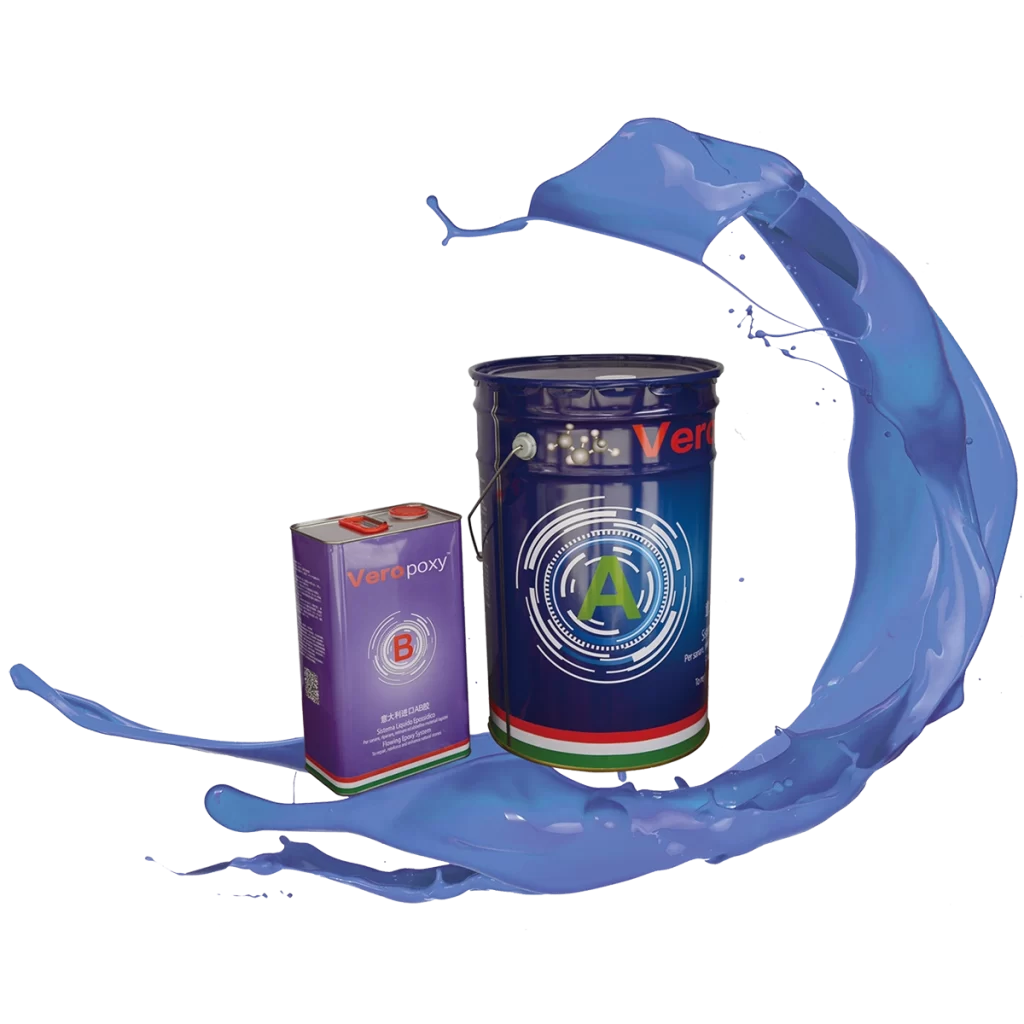Natural stone is a favored material in architecture for its durability and aesthetic charm, but it often contains natural imperfections such as pores, cracks, and pits. These flaws can restrict its uses and strength; hence, structural bonding methods help to make stone both safer and more flexible. In this setting, epoxy resin has become a necessary adhesive particularly in architectural projects that give longevity and beauty top priority.

The Versatility and Strength of Epoxy Resin Adhesives
Epoxy resin is renowned for its strong bonding capacity and adaptability, qualities that make it indispensable in stone applications. Epoxy’s molecular structure consists of epoxy and hydroxyl groups that enable it to adhere firmly to both metal and stone surfaces. Epoxy resin yields low shrinkage, stability, and lifetime when cured using a hardener. This adhesive is fit for both indoor and outdoor environments since it does not produce harmful byproducts during the curing process, so avoiding secondary contamination. Epoxy resin adhesives give stone the security required for great architectural use and help it to retain its natural beauty.
Advantages of Epoxy Resin Adhesives in Stone Decoration
Epoxy resin offers numerous advantages that make it ideal for use in architectural stonework:
High Bonding Strength: Epoxy resin forms strong molecular bonds with stone and metal, increasing structural stability.
Dimensional Stability: It maintains shape and adhesion over time, ensuring that the structure remains secure and visually appealing.
Epoxy resin can resist seismic activity, extreme temperatures, and wind as well as other natural forces.
Adaptability: It’s effective in various environments without requiring specific temperature controls.
Eco-friendliness: The adhesive does not damage stone or the surroundings since it contains few volatile compounds.
Epoxy resin’s adaptability is enhanced by its modification and customizing for many architectural purposes.
Limitations of Epoxy Resin Adhesives
While epoxy resin is a powerhouse in bonding applications, it does have some drawbacks. Unmodified epoxy resin is less appropriate for uses where flexibility is needed since it is brittle and easily cracked under some loads. It must also be applied rather fast since once mixed, its working time is limited. Moreover, some epoxy resins emit fumes, which calls for using safety measures.
Epoxy resin and the “Dry-Hang” technique for stone
The “dry-hang” method, which does not use wet cement mortar, has gained popularity for stone installations due to the reliability of epoxy resin adhesives. Among several advantages this approach provides are faster installation and more long-term stability. Reducing dependence on cement helps the dry-hang method avoid problems including efflorescence—the development of salt deposits on surfaces—and possible stone detachment brought on by mortar-related issues. This process depends much on epoxy resin, which bonds stone firmly to metal frames so guaranteeing a safer and more durable installation. For building facades and curtain walls—which demand both structural resilience and aesthetic appeal—this method is particularly helpful.
The Future of Epoxy Resin in Architecture
As the construction industry increasingly emphasizes eco-friendly, high-performance materials, epoxy resin is expected to continue evolving. Future advancements in epoxy resin adhesives will probably give top importance:
Improved flexibility of epoxy resin will help to lower brittleness and widen the application range.
Reducing any possibly harmful components in epoxy adhesives to satisfy more stringent environmental criteria helps to be eco-friendly.
Development of more user-friendly formulations extending working time without sacrificing bonding strength is simplified application.
Improved durability against wear and tear connected to the climate will help to guarantee longer-lasting installations.

epoxy resin adhesives have revolutionized natural stone applications by combining strength, adaptability, and eco-friendliness. With continued advancements, epoxy resin will likely remain at the forefront of architectural innovation, enabling stronger, more durable, and more beautiful structures.
Post time: 11 月-05-2024

